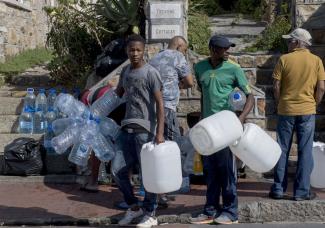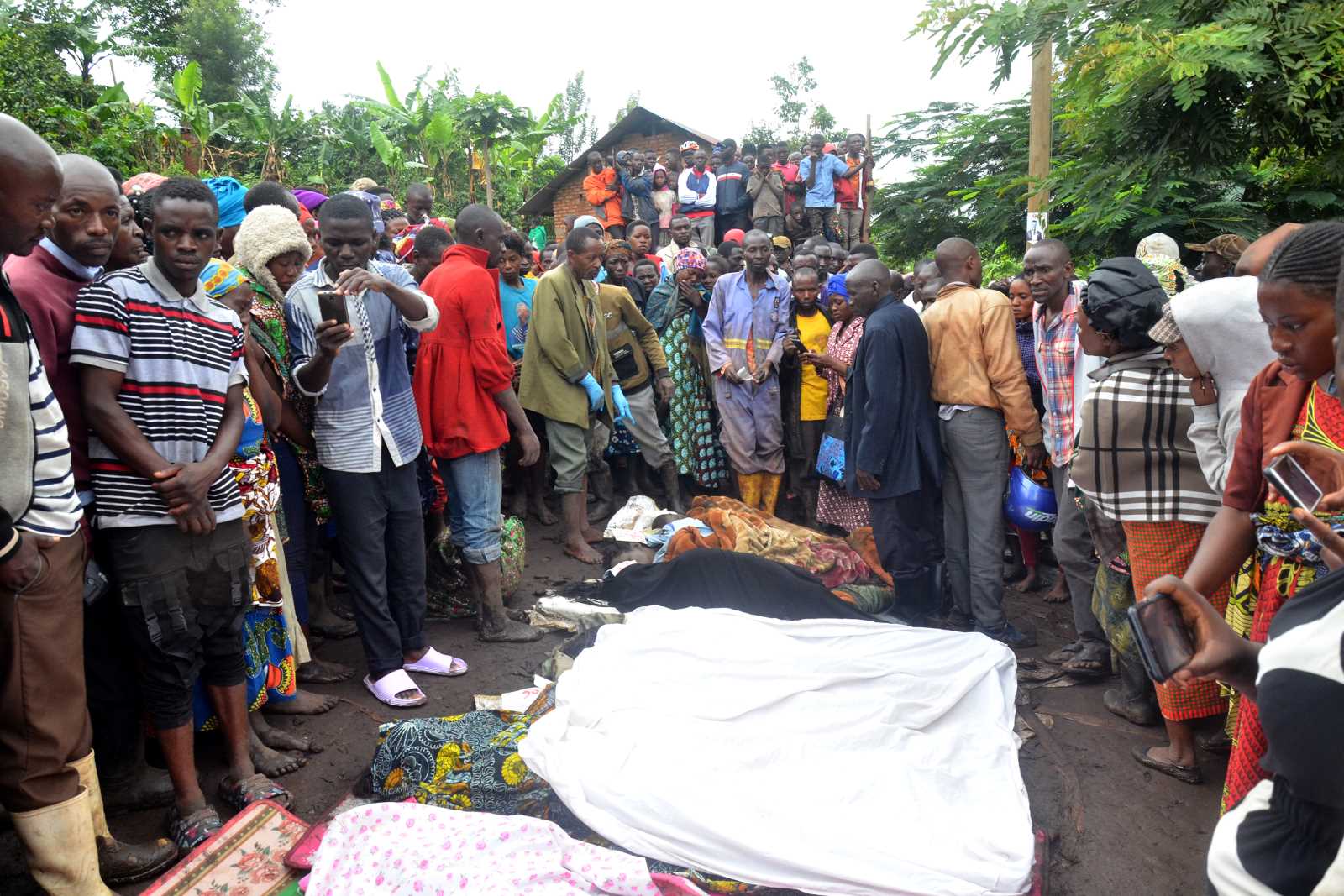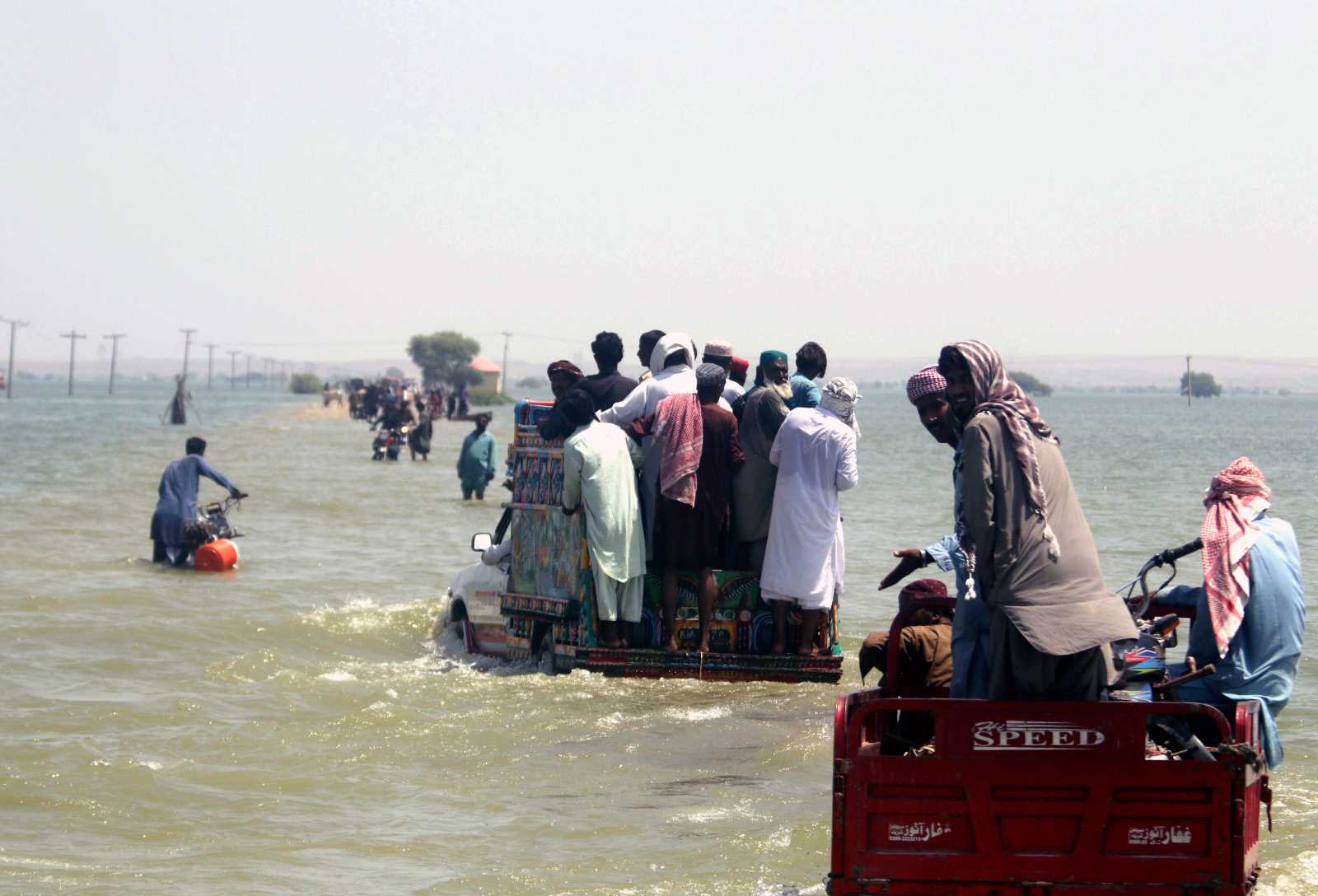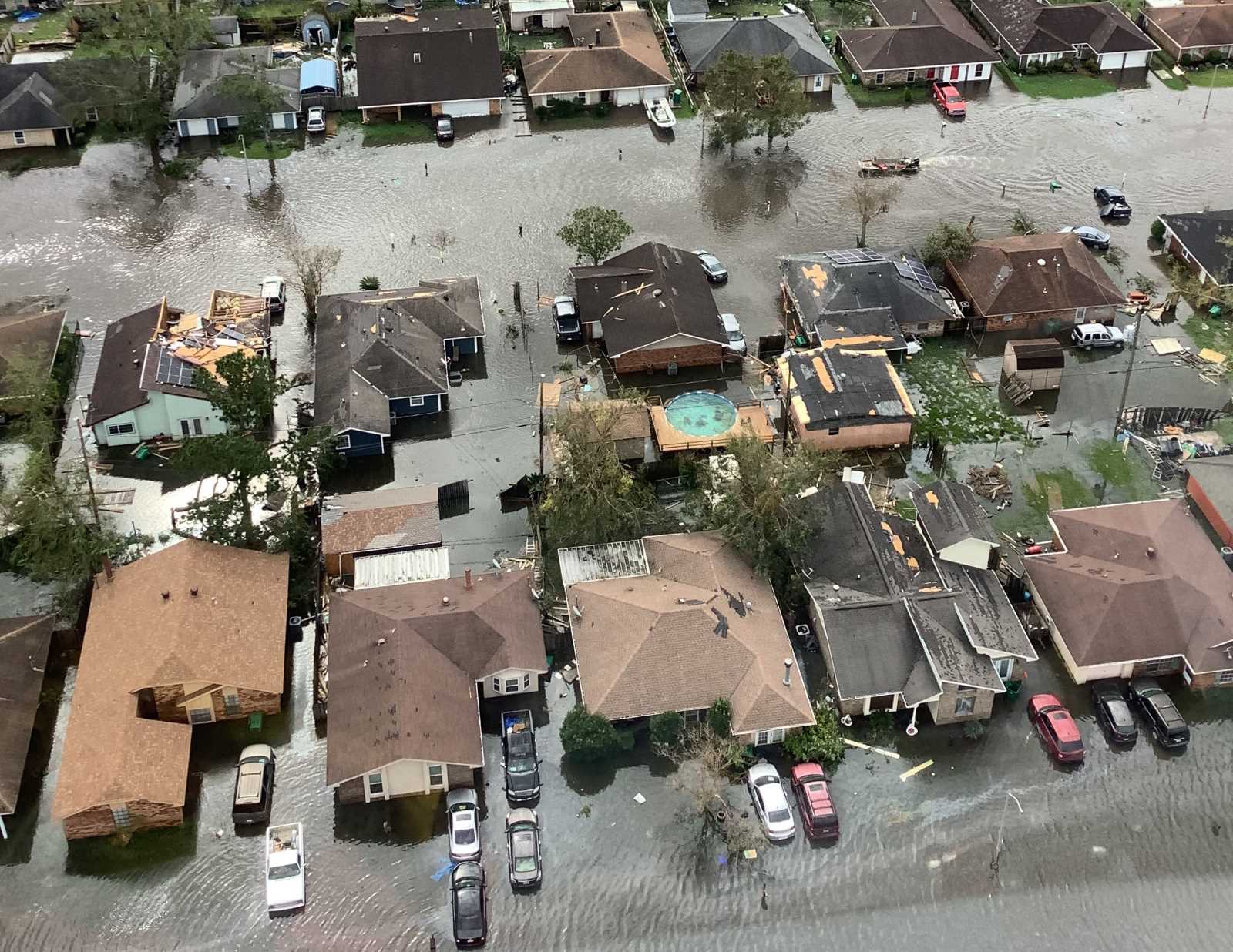Our view
Drawing the right lessons

According to researchers from Harvard University, Hurricane Maria killed more than 4,600 Puerto Ricans. The number is surprising given that the disaster occurred on US territory – the death toll resembles what one would expect in much poorer Southeast Asia: in 2013, Typhoon Haiyan killed 6,300 Filipinos. The White House has officially acknowledged only 64 deaths due to Hurricane Maria. It only counts casualties registered by bureaucrats directly after the storm. The Harvard scholars, in contrast, include everyone who died because of storm impacts, such as failing health care, for example.
The island’s power supply collapsed, and many of its 3.4 million people had no access to sufficient food, clean drinking water or medical services and drugs. Critics point out that emergency relief set in too late, the coordination was bad, and measures stayed insufficient. Puerto Rico belongs to the USA, but is not a state. Its citizens do not vote in national elections. It is obvious that President Donald Trump worried more about Texans affected by Hurricane Harvey than about Puerto Ricans affected by Maria.
The hurricane season has started once more in the Caribbean region. The question is what lessons were drawn from last year. Extreme weather events are causing ever more damage all over the world. In some regions, precipitation is increasing. Other regions are becoming dryer. It is imperative to rely more on renewable energies. However, further deployment of these technologies is challenging on Caribbean islands. Wind turbines are not made to withstand high wind speeds, more rain means less sun power, and droughts make rivers fall dry, so the generation of hydro power becomes impossible.
Scientists are working on better weather forecasts. The better storms’ paths can be predicted, the more wind turbines can be set up in safe places. Alternatively, wind energy might be harnessed by use of floating or flying devices. Such technologies are available. Hydro power, moreover, may be generated from waste-water channels instead of natural rivers in the future.
Climate change has begun to mark daily life. Three things are essential:
- The development and deployment of new technologies – in order to prevent disasters, adapt to climate change and mitigate global warming. Technological progress has been good in recent years. The international community, and in particular the industrialised countries, must foster and fund further innovations.
- Ambitious climate policymaking: setting ambitious goals will not do, action is needed fast and in a determined way. The UN summit set the path in Paris in 2015. This year’s summit in Katowice, Poland must initiate implementation. Humanity is running out of time.
Adequate prevention: storms, floods and droughts must neither kill people nor destroy livelihoods.
Trump famously quit the Paris Agreement. He is unlikely to subscribe to any meaningful climate agenda. His ignorance has already had devastating consequences for Puerto Rico. For the time being, the world must press ahead without the USA.
Katja Dombrowski is member of the editorial team of D+C Development and Cooperation / E+Z Entwicklung und Zusammenarbeit.
euz.editor@fazit-communication.de













